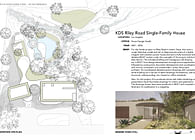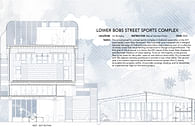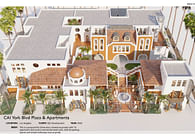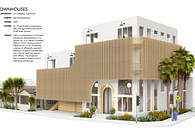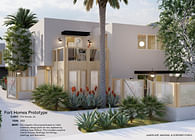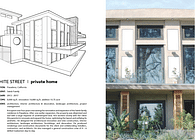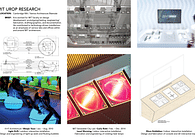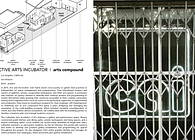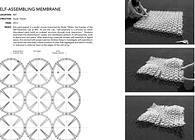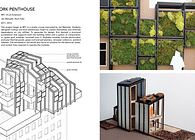
At MIT, Kris participated in a graduate project-based studio funded by a large real estate developer in China. The class examined and reinvented the façade of their generic residential towers to add quality of life, functionality, and aesthetic appeal for the occupants. Students travelled to Chongqing China to tour some of the developer’s massive projects and present their research to company employees and executives. Kris set out to design an operable façade that would allow tower dwellers respond to the variable weather conditions and to manipulate the form of their own living space.
To approach this goal, Kris began with an investigation of folding and live-hinges. The nal proposal features accordion-style folded panels connected by polypropylene live-hinges, which allow the façade to be recon gured. These panels can be opaque or glazed with interior louvers, depending on occupant speci cations and local environmental conditions. Occupants manipulate the kinetic façade, which can be pushed outward to expand interior living space or pulled inward to create a larger outdoor balcony.
Kris built a half-scale interactive model of the system to demonstrate its operation. The lightweight aluminum and plexiglass panels were connected to each other by polypropylene ‘live-hinges.’ The entire assembly was mounted onto side rails, and could be pushed outward or inward, as seen here.
Status: School Project
Location: Chongqing, CN
My Role: solo design studio project
